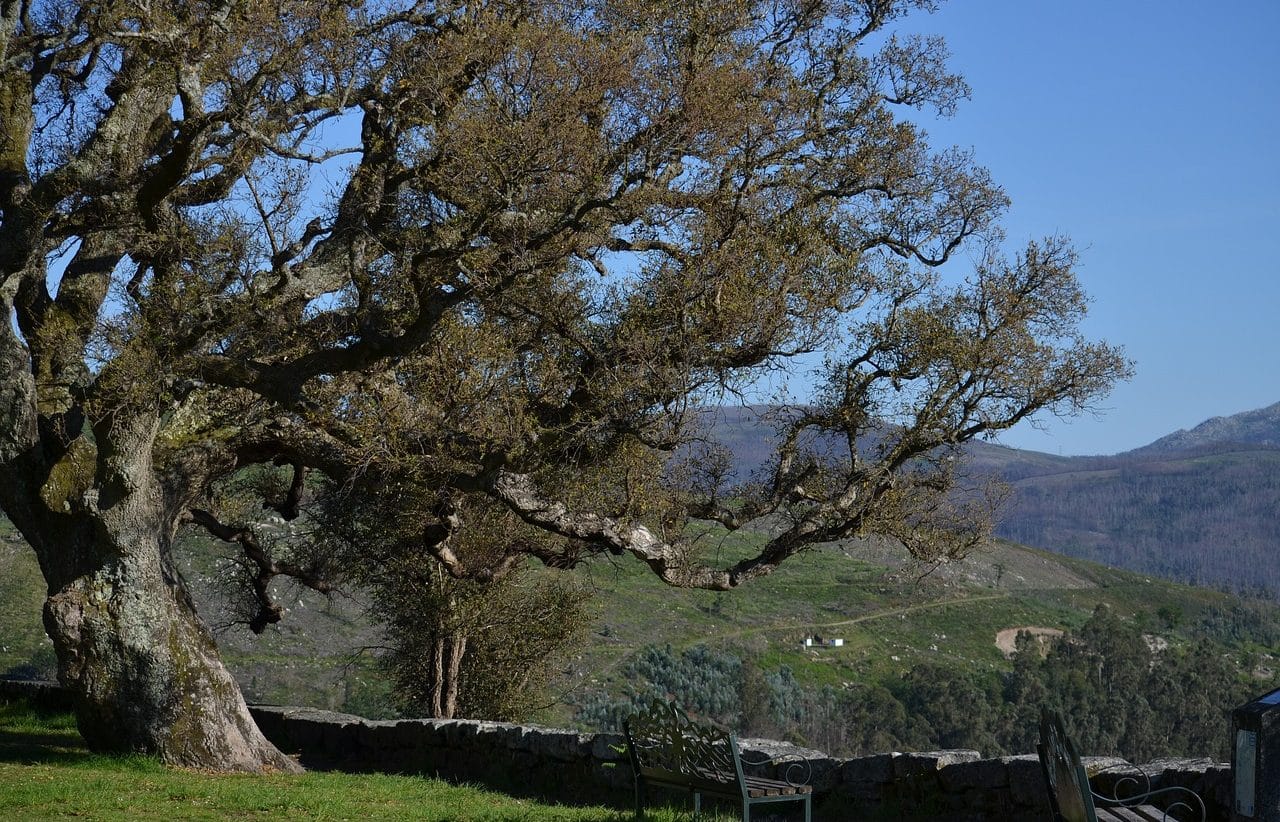
The scientific name of the cork oak is Quercus suber.
The cork oak is a type of tree that belongs to the Fagaceae family group. With the scientific name Quercus suber , the cork oak is native to the European continent and North Africa, although its cultivation has spread to other regions .
The etymology of the term shows contributions from Romans, Arabs and Hispanics. And it is considered to be the result of the sum of several components from different languages::
- The particle al derives from Arabic and is used to indicate “the” or “the” .
- The noun quercurs comes from Latin and can be translated as “holm oak” .
- The suffix -oque derives from -occus , a suffix of Hispanic origin.
Cork oak characteristics
The cork oak, which has a large crown , can reach a height of about ten meters. Its fruits are acorns , while it has flowers that cannot be easily seen. Its main characteristic, however, is its very hard wood and its bark , which is composed of cork .
Cork, wood and acorns
This cork that is collected from the bark constitutes the most important value for the exploitation of cork oaks. When the bark is removed, the tree is usually left aside for a few years until the extraction is carried out again. This allows production not to be exhausted and good quality cork to be obtained (the bark requires a few years to recover).
Cork has multiple uses. The most common is linked to the sealing of bottles: cork cork is used to make stoppers for champagne, wine and other products. Cork is also used in packaging, for lining or as an insulating material.
Beyond cork, the cork oak is also used for its wood (which allows the production of vegetable charcoal) and its acorns (for animal feed).

Cork is obtained from the cork oak.
Other interesting facts about the cork oak
Other interesting facts worth knowing about the cork oak are the following:
- There is a formation of large cork oaks that is a reference in Spain and Europe : Las Pajareras , which belongs to the Doñana National Park .
- It should also be noted that in Spain , specifically on the southern coast of the country, there is the famous Parque de los Alcornocales . It is a natural park that is considered one of the largest in the nation, it belongs mostly to Cádiz and another area to Málaga . It precisely has the largest cork oak forest in Spain and is in perfect condition. It also has enclaves such as the Pico de El Aljibe and the Cueva del Tajo de las Figuras .
- Like many plants, flowers and trees, the cork oak has its symbology. Specifically, it is associated with values such as protect and maintain.
Symbolic use of the term
It should be noted that an individual who is crude or illiterate is also classified as a cork oak.
For example: “You are a cork oak! Don’t you know that water and oil can’t mix?” , “Germán's cork oak tree wanted to fix the television and caused a short circuit.”
